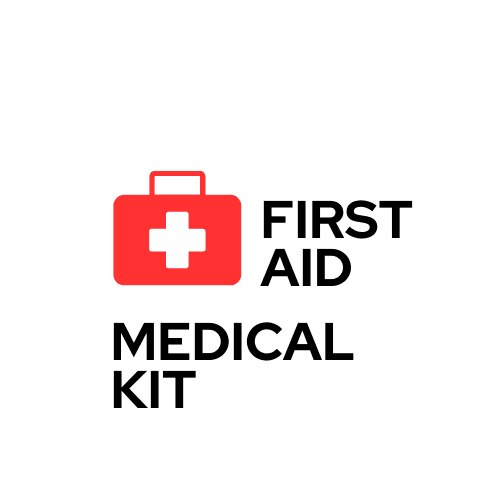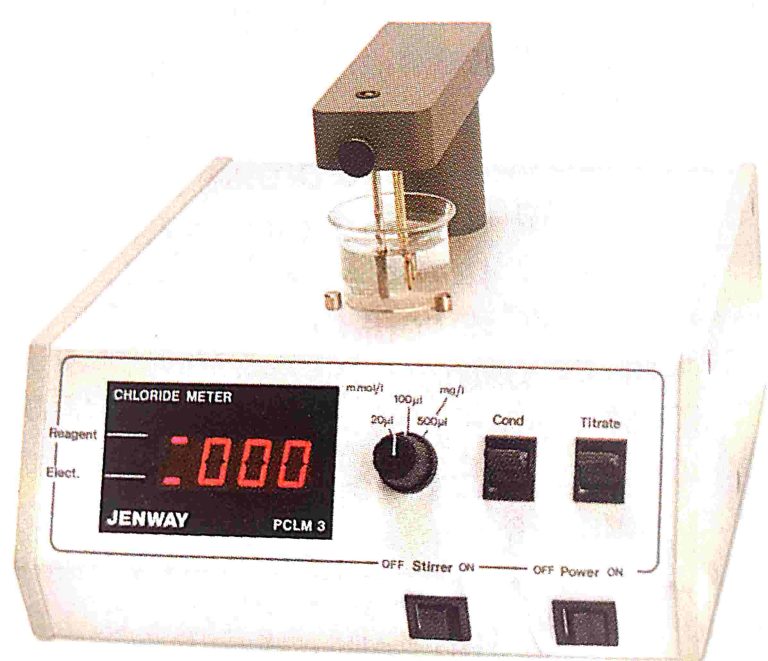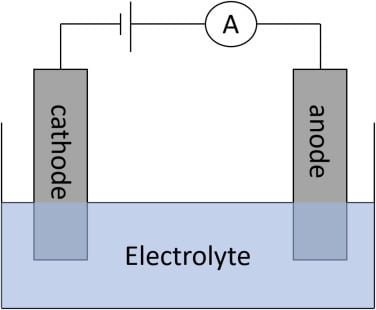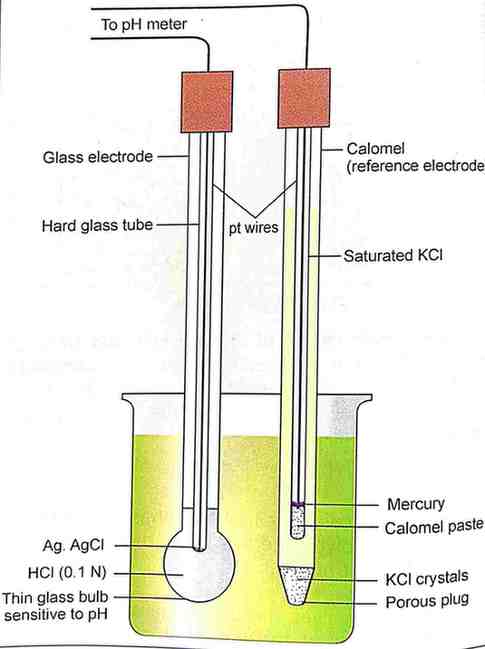
Laboratory Safety Training and Guidelines
A quality management system of laboratory organization depends on the importance of well-trained technical executives.
Important characteristics of a good technical executive are:-
(a) Well Personality
(b) Alertness
(c) Sincerity
(d) Co-operation
(e) Relaxed nature
(f) Ability to follow instructions and make necessary corrections
(g) Punctuality
(h) Sense of responsibility
Trained Technical Executives should have the ability:-
(a) Prepare specimen collection material
(b) Instruct patient appropriately
(c) Collection and preservation
(d) Separation of serum or plasma properly
(e) Maintain proper record of collection
(f) Handle the specimen carefully
(g) Analyze the specimen accurately
(h) Maintain proper record of reports
(1) Work with safety precautions for Laboratory Safety Training and Guidelines
Preparation of Specimen Collection Material:-
The following material should be ready for the preparation of specimen collection material
(a) Disposable syringes and needles
(b) Disposable lancets
(c) Gauze pads
(d) Tourniquet
(e) Clean and dry wide-mouth bottle (50 ml & 100 ml)
(f) Sterile wide-mouth bottles (100ml)
Anti coagulated Tubes for blood collection:-
color:-
Anticoagulant
For Serum
Red
EDTA (Naz or K₂)
Whole blood for CBC Whole blood for ESR and coagulation test
Lavender
Blue
Sodium Citrate (Liquid)
Green
Heparin
Plasma or whole blood
Gray
Sodium Flouride
Use:-
Plasma for blood glucose.
Sample collection by Technical Personnel (Phlebotomist) should be trained:-
(a) Approach the patient pleasantly and confidently.
(b) Obtain blood samples properly, quickly and without undue discomfort to the patient.
(c) Details of drugs or local medicines taken by the patient before blood collection.
Instructions are given to the patient:-
(a) The patient should report to the laboratory after fasting for 12-16 hrs.
(b) Patient should not drink tea, coffee or any other drinks except one glassful of water
(c) The day before sample collection, the patient should not drink intoxicating substances example as alcoholic drinks and eat tobacco.
(d) For post-prandial blood collection, it is necessary for the patient to report to the laboratory.
Laboratory request form:-
(a) The laboratory request form should be dated and include a number to identify all paper work and specimens associated with each patient.
(b) The laboratory request form should provide the following information:
(1) Patients full name, age and sex
(2) Identification Number
(3) List of required specific Tests
(4) Indicate if Urgent tests
(5) Name of Physician ordering Test
Table of Contents
Blood Collection Procedures:-
- Checking the paper works and tubes
- Selecting vein site
- Factors in site selection (burn areas should be avoided, hematoma: may cause erroneous test results)
- Applying the tourniquet
- Cleansing the area
- Inspecting needles and syringes (7) Performing the venous puncture
(a) The patient’s arm is gripped tightly and the thumb of another hand is used to draw.
(b) The vein is penetrated, once the point of the needle passes through the vein
skin tight.
Wall, release of resistance is felt.
(c) After blood has been drawn, the patient should release the fist and the tourniquet is also released.
(d) A cotton ball is held firmly over the venous puncture site as soon as the needle is removed. After 5-10 minutes patient may remove the cotton ball.
(e) After removing the needle the collected blood is dispensed in the appropriate tubes.
(f) The blood in the anticoagulant tube is mixed carefully and without anticoagulant blood is kept at room temperature for the separation of serum.
(g) The tubes should be covered with appropriate stoppers.
(h) After venous puncture the needle should be removed from the syringe and disposed of by using a needle destroyer.
Transportation of the specimens:- If serum and plasma samples are required for the investigation, they should be separated before transportation with an ice pack.
Laboratory Safety Training and Guidelines
A quality management system of laboratory organization depends on the importance of well-trained technical executives.
Important characteristics of a good technical executive are:-
(a) Well Personality
(b) Alertness
(c) Sincerity
(d) Co-operation
(e) Relaxed nature
(f) Ability to follow instructions and make necessary corrections
(g) Punctuality
(h) Sense of responsibility
A quality management system of laboratory organization depends on the importance of well-trained technical executives.
Important characteristics of a good technical executive are:-
(a) Well Personality
(b) Alertness
(c) Sincerity
(d) Co-operation
(e) Relaxed nature
(f) Ability to follow instructions and make necessary corrections
(g) Punctuality
(h) Sense of responsibility
Laboratory Safety Training and Guidelines,





